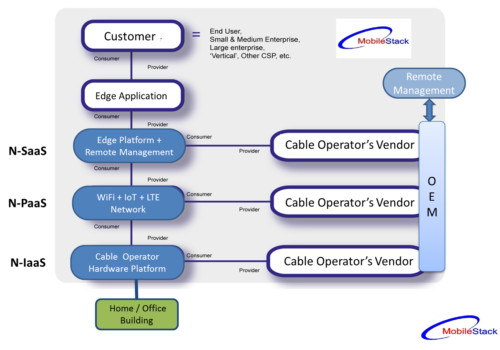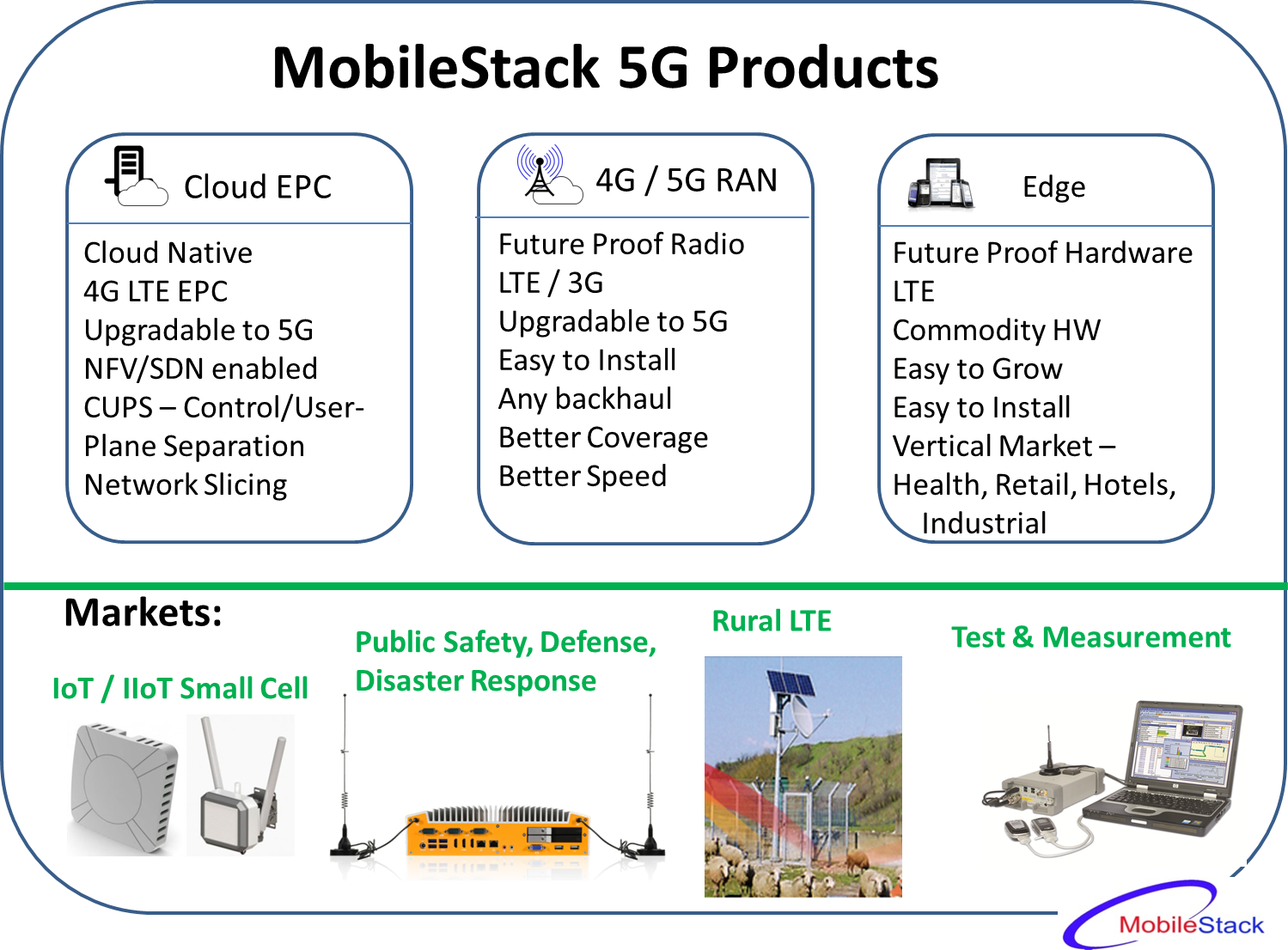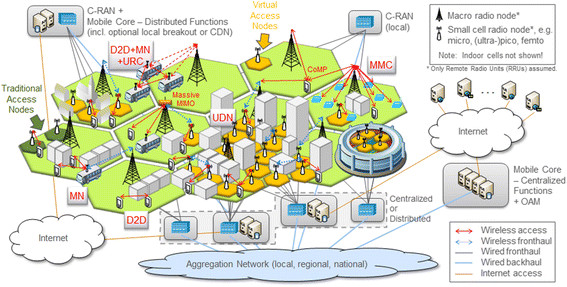After Verizon launch of 5G Home Connect product, Cable Industry has come under direct competition in their monopolistic ISP market…
Mobilestack 5G Products using future-proof Hardware Introduction Future Proof 5G products are needed to reduce network cost with faster upgradability. …
5G race has already started. There is talk of USA vs Pacific (China / Japan / S. Korea) competition for…


